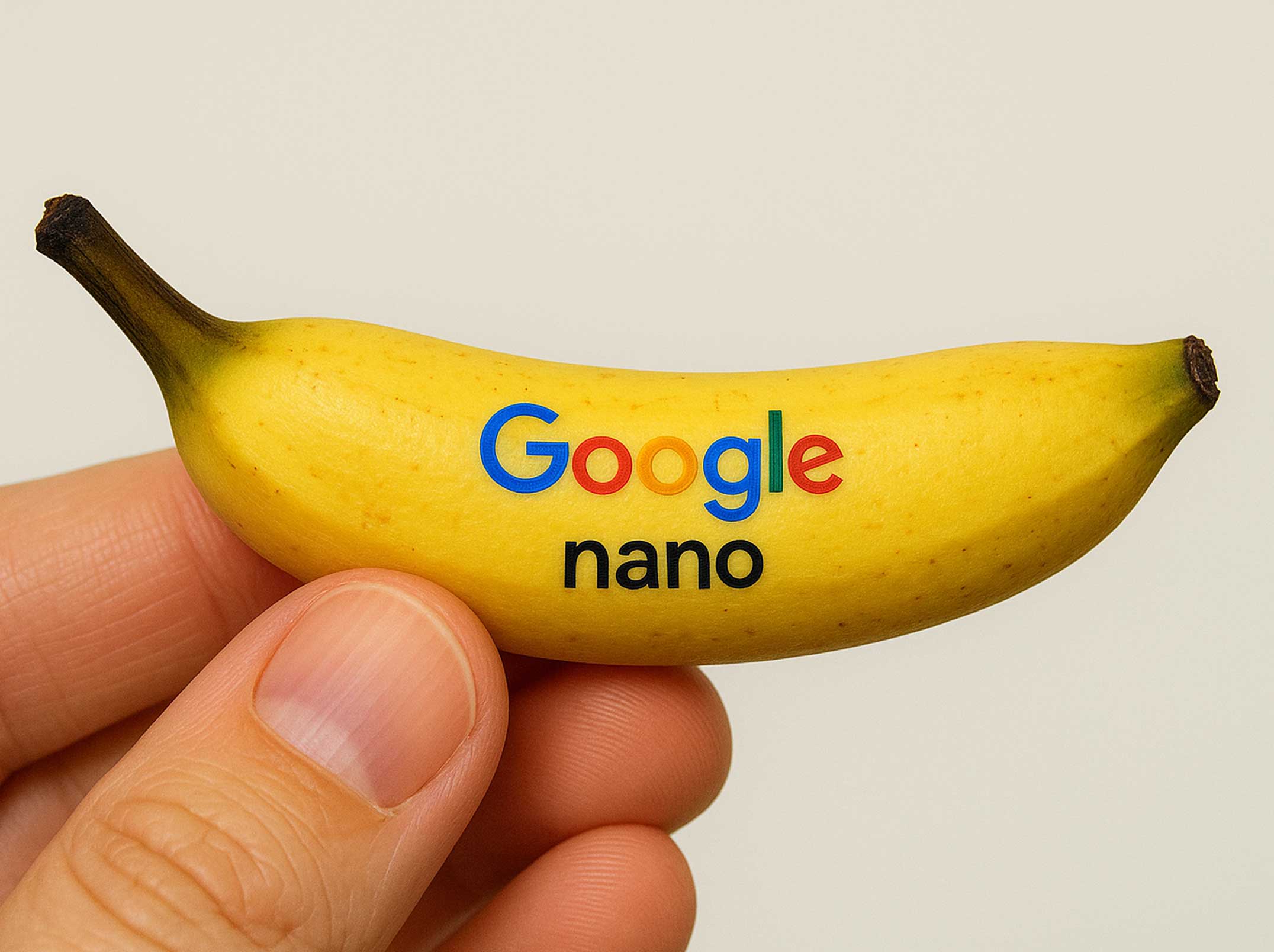LinkedIn Ends Lookalike Audiences: What Advertisers Need to Know
LinkedIn retires Lookalike Audiences—here’s how to adapt your strategy.

For many B2B advertisers, LinkedIn's Lookalike Audiences have been a go-to strategy for expanding reach and tapping into new, yet highly relevant, professional demographics. This powerful feature allowed marketers to upload their existing customer data – think CRM lists or website visitor segments – and then leverage LinkedIn's algorithm to identify other users on the platform who shared similar attributes and behaviors. The ability to efficiently scale campaigns with audiences that mirrored their most valuable customers made it an indispensable tool for lead generation and brand awareness.
However, a significant shift is underway. Effective February 29, 2024, LinkedIn officially discontinued its Lookalike Audiences. This strategic move is part of LinkedIn's broader efforts to streamline its advertising offerings, enhance efficiency, and adapt to the increasingly stringent landscape of global data privacy regulations. While the underlying reasons weren't fully disclosed, the consensus among industry experts points to a focus on more advanced, AI-driven targeting solutions and a stronger emphasis on first-party data within the LinkedIn ecosystem.
Understanding Lookalike Audiences
Previously, Lookalike Audiences, introduced by LinkedIn in 2019, served as a crucial mechanism for advertisers seeking to broaden their reach beyond their immediate network or existing customer lists. This feature functioned by allowing marketers to provide "seed" data—typically an uploaded list of existing customers, website visitors, or engaged contacts.
LinkedIn's sophisticated algorithm would then analyze this source data, identifying key characteristics such as demographics, interests, skills, job titles, and professional backgrounds. Based on these insights, the platform would then identify and target new users on LinkedIn who exhibited similar traits, effectively creating an expanded audience pool that was highly likely to resonate with a business's offerings. This intelligent targeting capability significantly streamlined the process of generating brand awareness and acquiring new leads by connecting advertisers with high-potential prospects efficiently.
Transition to Predictive Audiences
The deprecation of Lookalike Audiences ushers in a new era of targeting on LinkedIn, with the platform heavily endorsing Predictive Audiences as the successor. This shift represents a move from identifying users merely similar to existing customers to pinpointing those most likely to convert.
Predictive Audiences are powered by advanced machine learning. They analyze a rich array of first-party data, including conversion events, lead generation form submissions, and uploaded contact lists. By processing these inputs, LinkedIn's AI identifies patterns and behavioral signals that indicate a high propensity for conversion. For advertisers, this means a more efficient allocation of budget towards users who are not just a good fit demographically, but who also exhibit the behaviors associated with previous successful conversions.
To leverage Predictive Audiences, advertisers must meet certain criteria: a minimum of 300 individuals are required in the chosen data source (e.g., a contact list or a record of conversions). It's important to note the current limitations: an ad account is capped at 30 Predictive Audiences, and these audiences cannot be shared across different ad accounts. Furthermore, campaigns utilizing Predictive Audiences will not have the option to expand their reach beyond the AI-identified segment, reinforcing the focus on precision over broad exposure.
Utilizing Audience Expansion
Beyond Predictive Audiences, LinkedIn offers Audience Expansion as another pathway to broaden campaign reach. This feature, while also leveraging LinkedIn's vast professional data, operates on a slightly different principle. Instead of focusing on conversion propensity, Audience Expansion aims to identify and include users who share broader, similar professional characteristics with your initially defined target audience.
This can be particularly useful when combined with Matched Audience segments, allowing advertisers to start with a highly specific group (e.g., a CRM list or website retargeting segment) and then systematically expand to an adjacent, relevant professional demographic. Performance metrics for campaigns using Audience Expansion will encompass data from both the core, initially targeted group and the expanded audience, providing a comprehensive view of campaign effectiveness across the wider reach.
However, it's crucial to understand the limitations of Audience Expansion. It is not designed for all campaign types; for instance, it generally cannot be used to widen audiences for adaptive ad formats or for behaviors identified by LinkedIn's predictive algorithms. This indicates that while it offers broader reach, it may lack the laser-focused conversion optimization capabilities of Predictive Audiences.
Implications for Current Campaigns
The phasing out of Lookalike Audiences mandates a proactive shift in targeting strategies for LinkedIn advertisers. After February 29, 2024, existing Lookalike Audiences transitioned into a static state, meaning they ceased to refresh with new data. While active campaigns leveraging these audiences continued to deliver to the then-current audience pool, advertisers lost the ability to create new Lookalike Audiences or make edits to existing ones.
This change also had significant implications for those relying on third-party integrations. LinkedIn's API for creating Lookalike Audiences through external platforms was discontinued, compelling marketers who built their audience segments via such integrations to identify and implement alternative strategies. The clear directive from LinkedIn is for advertisers to transition to either Predictive Audiences or activate Audience Expansion to maintain dynamic, effective targeting for their campaigns. Failure to adapt means operating with increasingly outdated audience data, potentially leading to diminishing returns on ad spend.
Adapting to the New Targeting Landscape
The discontinuation of Lookalike Audiences by LinkedIn marks a significant pivot towards more sophisticated, AI-driven targeting methodologies. This strategic evolution underscores a broader industry trend where manual, rule-based audience segmentation is being supplanted by machine learning capabilities that can identify high-propensity prospects with greater precision and scale.
For advertisers, this transition isn't merely an inconvenience; it's an imperative to adapt and leverage LinkedIn's advanced data analytics and artificial intelligence. By embracing Predictive Audiences and effectively utilizing Audience Expansion, marketers have a crucial opportunity to refine their campaign strategies. Predictive Audiences, with their focus on conversion likelihood, promise more efficient ad spend and higher-quality leads by surfacing users most inclined to take desired actions. Meanwhile, Audience Expansion offers a controlled way to broaden reach while maintaining relevance, especially when combined with existing Matched Audience segments.
Ultimately, this shift empowers advertisers to move beyond simply reaching similar users to proactively engaging those who are genuinely ready to convert. Mastering these new AI-powered tools on LinkedIn is no longer optional but essential for enhancing campaign performance, optimizing ROI, and staying competitive in the rapidly evolving landscape of B2B digital marketing.
Actionable Steps for Advertisers
To successfully navigate this pivotal shift in LinkedIn's advertising ecosystem, advertisers must adopt a proactive and adaptable approach. Here are key strategic adjustments:
- Audit and Transition Existing Campaigns: The immediate priority is to review all active campaigns currently leveraging Lookalike Audiences. Develop a clear transition plan to migrate these campaigns to either Predictive Audiences or Audience Expansion, ensuring a seamless continuation of targeting without a drop in performance. Remember that existing Lookalike Audiences will no longer refresh with new data after the specified date, becoming static assets.
- Maximize First-Party Data for Predictive Audiences: The strength of Predictive Audiences lies in the quality of your seed data. Prioritize leveraging your proprietary customer data, including robust contact lists from your CRM, detailed lead generation form submissions, and comprehensive conversion tracking data. The more high-quality, conversion-oriented first-party data you provide, the more accurate and effective LinkedIn's AI will be in identifying high-propensity prospects.
- Strategic Application of Audience Expansion: While Predictive Audiences focus on conversion likelihood, Audience Expansion offers a valuable way to broaden reach. Strategically combine Audience Expansion with your existing Matched Audience segments (e.g., website visitors, uploaded company lists). This layering allows you to extend your reach to highly relevant lookalike professionals, complementing the precision of Predictive Audiences and fostering broader brand awareness within qualified segments.
- Rigorous Performance Monitoring and Optimization: As with any significant platform change, continuous monitoring and optimization are critical. Closely track key campaign metrics, including conversion rates, cost-per-lead, and overall ROI, for campaigns utilizing the new targeting methods. Analyze the effectiveness of different Predictive Audiences and Audience Expansion configurations, A/B test variations, and refine your strategies based on real-time performance data to ensure sustained effectiveness and efficient ad spend.
By embracing these alternatives and continuously refining their approach, advertisers can not only mitigate the impact of the Lookalike Audience deprecation but also unlock new opportunities to leverage LinkedIn's sophisticated data and AI capabilities for enhanced campaign performance and a stronger competitive edge in the evolving digital marketing landscape.
Subscribe to our newsletter
Stay informed with the latest marketing trends, expert insights, and exclusive updates delivered monthly.




